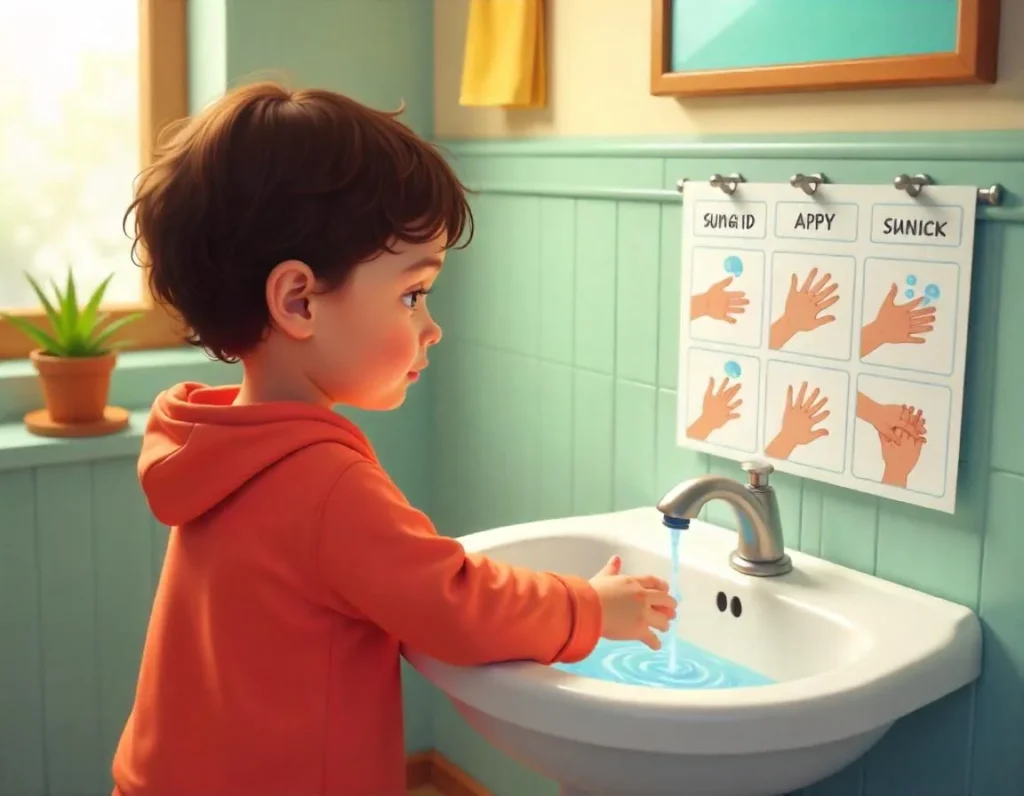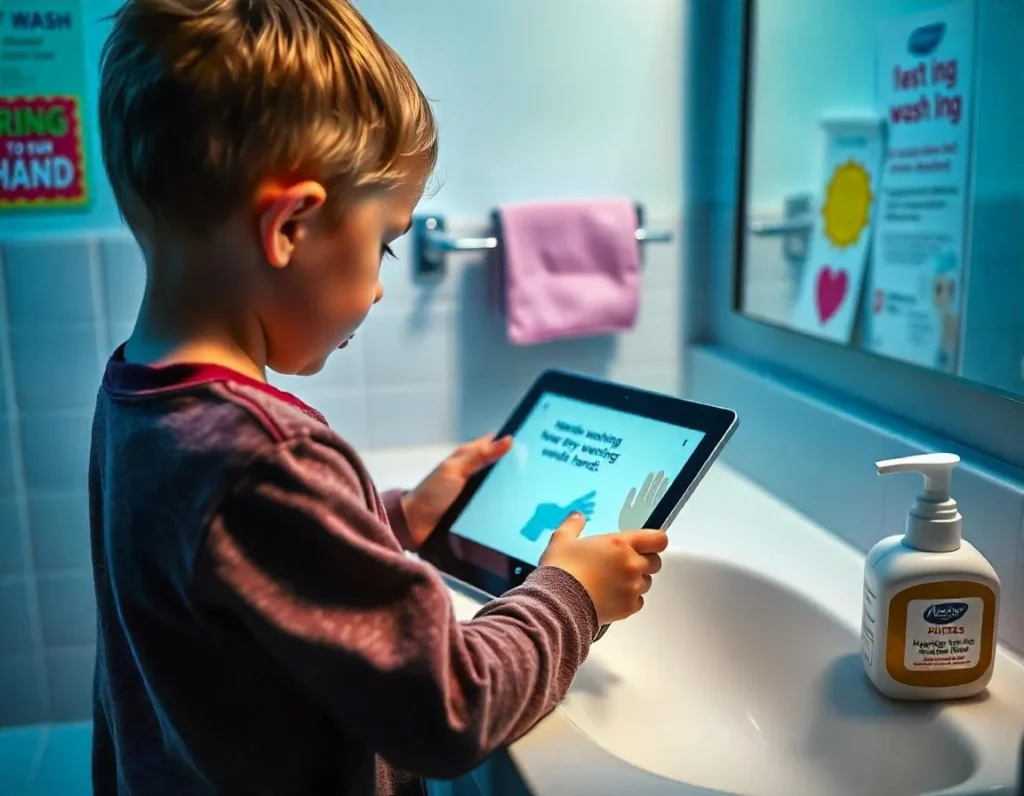Handwashing is an important life skill, offering a sense of personal hygiene and a way to prevent germs from spreading. While teaching handwashing to children with autism can be tricky, it is also very rewarding if done correctly. In this article, we will go over some proven strategies, useful tips, and expert-recommended methods for teaching handwashing to children with autism. In this article, you-as a parent, teacher, or caretaker-will find some take-home truths to help your child master this important skill.
Why Handwashing Is Crucial for Kids with Autism
Handwashing is more than an important hygiene habit; it is a foundation of health and independence. Teaching this skill offers children with autism a sense of routine, structure, and personal responsibility. Many children with autism perform better when there is consistency in their routines, so adding handwashing to their daily routine can result in greater hygiene and less health concerns.
The Benefits of Teaching Handwashing
- Improved Health: The regular washing of hands prevents bacterial and viral diseases.
- Skill Development: Learning new tasks builds self-esteem and independence.
- Social Acceptance: Good hygiene means good social interaction and acceptance.

Challenges in Teaching Handwashing to Kids with Autism
First, it is necessary to analyze some of the particular difficulties parents and caretakers face in the process of teaching hand washing to children with autism.
Sensory Issues
Kids with autism might have sensitive reactions toward water temperature, the texture of soap, or the sounds of running water.
Unable to Handle Multi-Step Instructions
Handwashing involves a series of steps that may be overwhelming for an autistic child unless the skill is broken down into smaller steps.
Resistance to Change
New routines are always met with resistance. Introducing handwashing gradually can ease this transition.
How to Teach Handwashing to Kids with Autism: Step-by-Step Guide
Here’s a real, walk-through teaching approach that takes into account the pertinent needs for teaching hand hygiene among children with autism.
Step 1: Develop a Tactile Hand Washing Plan
- Visual aids make difficult tasks easier by showing a clear, predictable sequence of actions. Use:
- Picture Cards: Show the entire handwashing process :.
- Checklists: Have a checklist and tick off each completed step.
- Wall Posters: Hang decorative, step-by-step instructions around the sink.
Step 2: Divide the process into small, easy-to-handle steps.
Boil hand-washing down to these simple steps:
- Turn the tap on.
- Rinse hands with water.
- Use soap.
- Rub hands together for 20 seconds.
- Rinse thoroughly.
- Dry hands on a towel or an air dryer.
step 3: Use prompting techniques
Prompts help in enabling the children to learn each step of the hand washing process.
- Verbal Cue: Give action-oriented instructions, such as “Rub your hands together.”
- Model Prompt: Show them how it’s done.
- Gestural Prompt: Point to the soap or faucet.
- Physical Prompt: Gently guide child’s hands if needed.
Incorporating Positive Reinforcement
Reinforcement is one of the successful handwashing teaching strategies for kids with autism. Giving your child a reward, immediately after the successful execution of the tasks, will surely encourage them to do it again.
Types of Rewards:
Verbal Praise: “Great job washing your hands!”
Stickers or Tokens: Using reward charts
Favorite Activity: Grant extra playtime as a form of reward.

Adapting Handwashing Lessons to Your Child’s Needs
Every child with autism is different. Accommodating for the child during handwashing allows for improved learning. For accommodations, one should first consider the child’s sensory needs:
1.Accommodate for Sensory Needs
If hot or cold water hurts, use lukewarm water.
If scented products bother them, offer fragrance-free soap.
2.Make It Fun
Allow use of a favorite soap in appealing texture.
Sing a song or play a handwashing video to make the experience enjoyable.
3.Set Consistent Routines
Encourage hand washing at key moments, such as before meals or after playing outside.
Establish a routine to allow familiarity and comfort.
Common Mistakes to Avoid
Avoid these pitfalls in teaching hand-washing to kids with autism:
- Rushing the Process: Give your child plenty of time to learn each step.
- Skipping Visual Aids: Use visuals consistently to reinforce learning.
- Irregular Schedule: One should stick to regularity for better retention.
Success Stories from Parents and Educators
Many parents and educators have found success with such strategies in teaching children with autism the use of essential life skills, like washing hands. Following are some real-life experiences that may inspire your journey.
- Case Study 1: Visual aids made all the difference for my son. He went from resisting handwashing to doing it independently in just a few weeks!
- Case Study 2: Positive reinforcement helped my daughter stay motivated. She loves collecting stickers after each successful handwash.
Final Thoughts: Mastering Handwashing for a Healthier Future
Teaching handwashing to kids with autism is possible with patience, consistency, and the right approach. Using visual aids, positive reinforcement, and routines tailored to your child’s needs will help him learn these life skills that are so important in achieving independence

